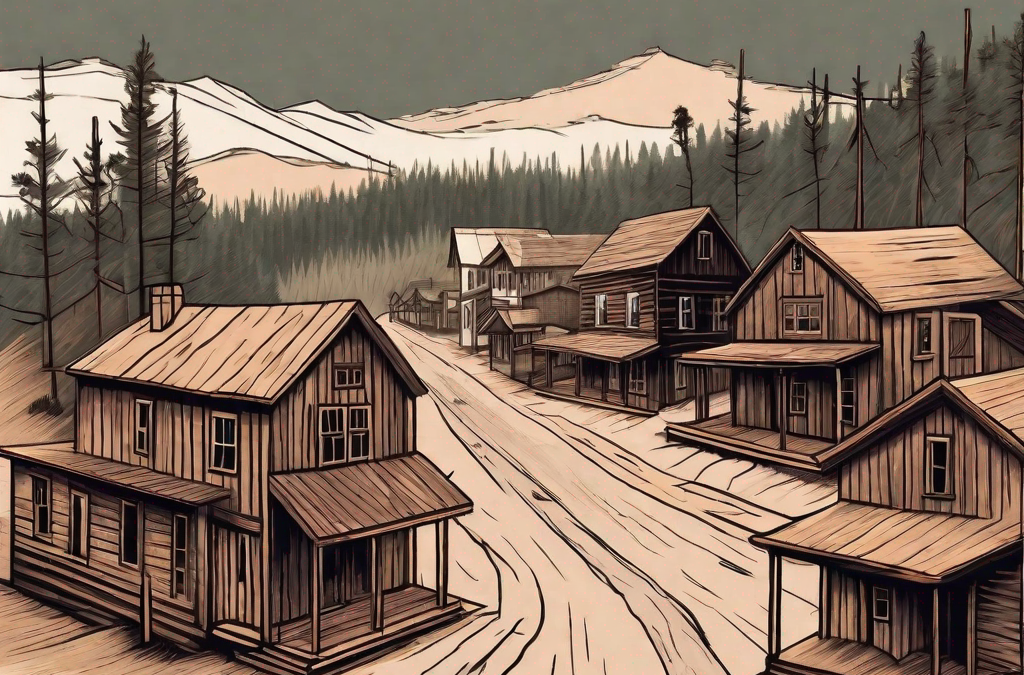
by admin | Apr 2, 2024 | Tree Surgery Glossary
In the field of tree surgery, the term ‘canopy’ holds significant importance. It refers to the uppermost branches of trees in a forest, forming a sort of ‘roof’ over the rest of the vegetation. This article aims to provide an in-depth...

by admin | Apr 2, 2024 | Tree Surgery Glossary
In the context of tree surgery, the term ‘limb’ refers to the large primary branches that extend from the trunk of the tree. These limbs are essential components of the tree’s structure, providing support for the smaller branches, leaves, and fruit....

by admin | Apr 2, 2024 | Tree Surgery Glossary
The crown of a tree is a term used in tree surgery to refer to the top part of a tree, which includes its branches and leaves. It is a vital part of the tree’s anatomy, playing a crucial role in photosynthesis, growth, and reproduction. Understanding the crown...

by admin | Apr 2, 2024 | Tree Surgery Glossary
Deadwood is a term used in the field of tree surgery to refer to parts of a tree that have died off due to various reasons such as disease, lack of sunlight, or damage. These parts can include branches, twigs, or even sections of the trunk. Deadwood is a natural part...

by admin | Apr 2, 2024 | Tree Surgery Glossary
Thinning is a fundamental aspect of tree surgery that involves the selective removal of branches to increase light penetration and air movement through the crown of a tree. This process is crucial to the health and longevity of trees, as it helps to reduce the risk of...







Recent Comments